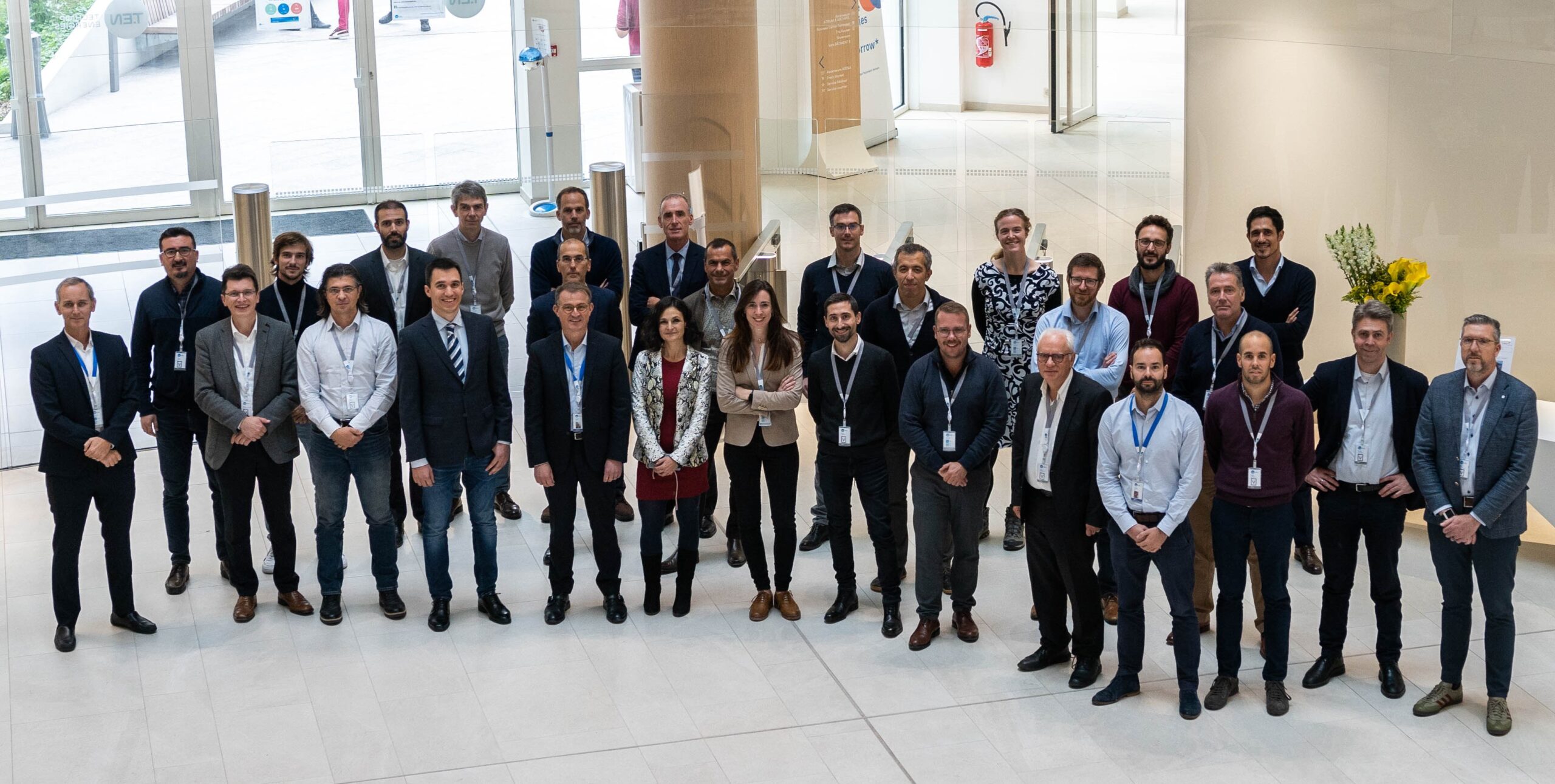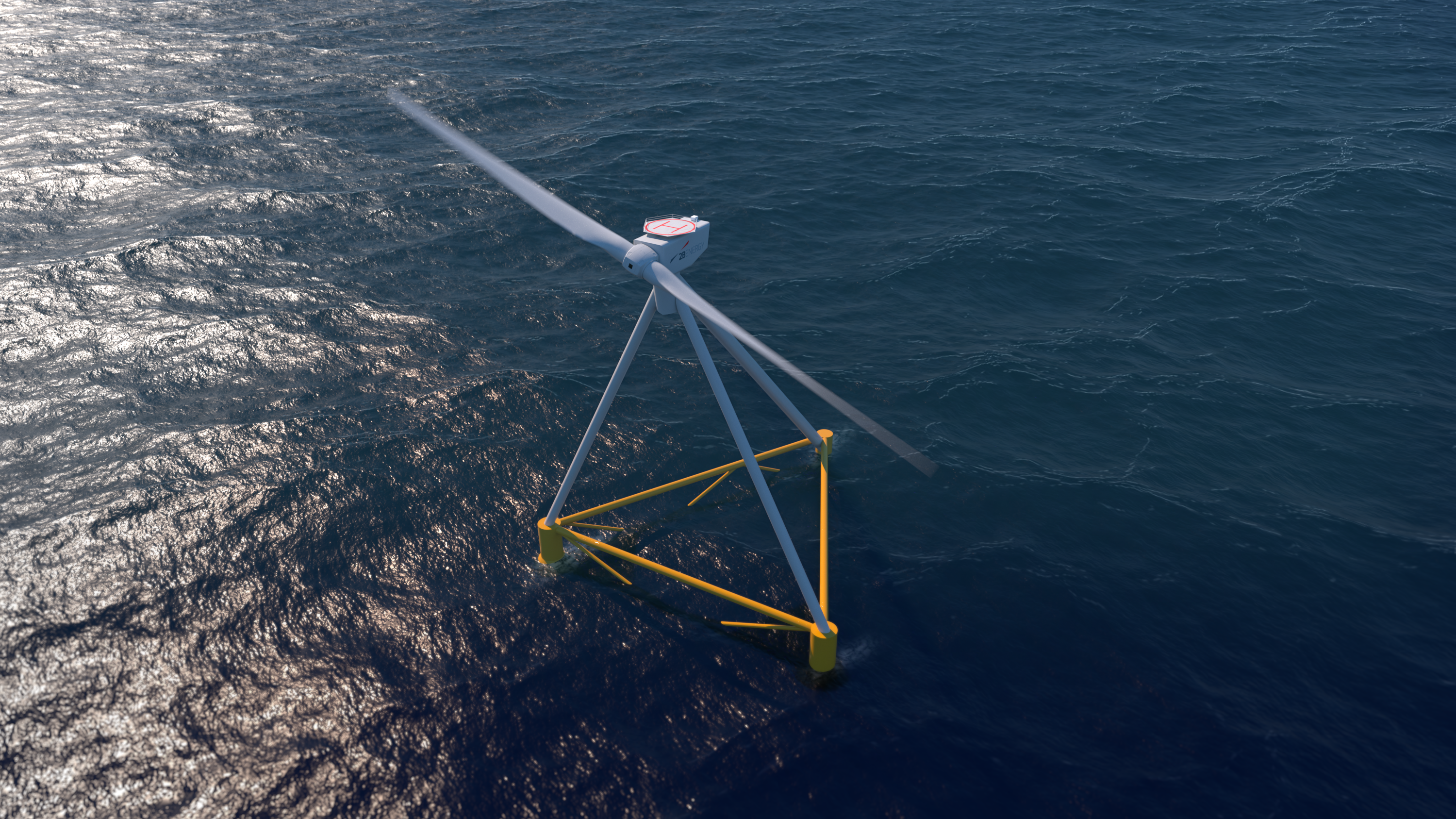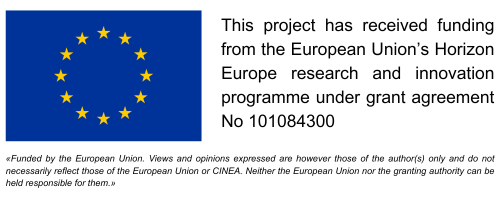A pan-European project officially launched on November 18th in Paris to accelerate the roll out of the next generation of floating wind technology for a competitive, more scalable and industrial deployment.
The ambitious initiative is being led by a consortium of thirteen partners from eight countries including Technip Energies as project coordinator, X1Wind, Naturgy, 2B Energy, Hellenic Cables, Technical University of Denmark, Hydro, Ecole Centrale de Nantes, Schwartz Hautmont, Ocas, Tersan Shipyard, Ocean Ecostructures and Cybernetix.
Backed by the European Commission under the Horizon Europe program with public funding of 16M€, plus private funding from partners and shareholders, the project is anticipated to run until 2027.
The project will lead to the deployment of a 6MW floating wind prototype at the Mediterranean Sea, to demonstrate at a relevant scale an innovative integrated downwind floating platform design, while advancing in parallel on the industrialization and scaling-up of the integrated solution up to 20MW+ scale, in preparation of commercial floating wind farms under development in Europe.
This project builds upon previous European Projects such as the PivotBuoy which recently led to the installation of a part-scale prototype in the Canary Islands to validate the technology. Design work for the initial 6MW system is currently underway.
Laure Mandrou, SVP Carbon-Free Energy solutions of Technip Energies, said:
“While the COP 27 just ended, we can only note that there is an urgent requirement for greater climate action and a swift transition to renewables energy. Floating wind is one of the lowest carbon electricity generation systems to meet the energy demand in a sustainable way while inducing better competitiveness, less noise and visual pollution, and less interaction with the users of the maritime domain. The NextFloat Project represents a unique opportunity to test a novel and disruptive version of this technology at full scale, driving cost curve reductions in order to deliver industrial-scale projects at the earliest possible stage”.
Alex Raventos, CEO and co-founder of X1 Wind said:
“After the successful deployment and validation of our innovative low-cost solution in the Canary Islands (PivotBuoy project), the goal now is to scale-up and industrialize the technology in advance of large commercial floating wind projects which will come online at the end of the decade across European, Asian and US waters. This will allow us time to drive substantial improvements in the competitiveness of floating wind as we prepare for long-term mass deployment.”
Jesús Chapado, Head of Innovation of Naturgy, said:
“The major transformation that we are facing in the energy sector forces innovation to be collaborative and open. We need to be capable of generating symbiosis among large corporations like Naturgy, and start-ups, scale-ups, research centres and universities. The Nextfloat project is composed of all these agents and will allow us to learn from the challenges we will face within the project, establish new partnerships and get know-how for the future deployment of commercial floating offshore wind farms in Europe”.
X1 Wind is a disruptive floating wind technology developer. Based in Barcelona, Spain, the firm’s mission is to provide highly scalable solutions which deliver clean, affordable energy while reducing carbon emissions across the globe. The company’s unique floating wind concept was initially developed by Carlos Casanovas in 2012 while studying at Massachusetts Institute of Technology (MIT), before progressing the patented technology for almost a decade.
In recent years, X1 Wind has rapidly built a team of now more than 35 experienced experts in the wind and offshore sectors and progressed its technology roadmap, with several tank testing campaigns and the current a part-scale demonstrator under tests in the Canary Islands under real operational conditions. X1 Wind is now backed up by leading industrial and institutional investors such as Technip Energies, Innoenergy and the EIC Fund among others.


